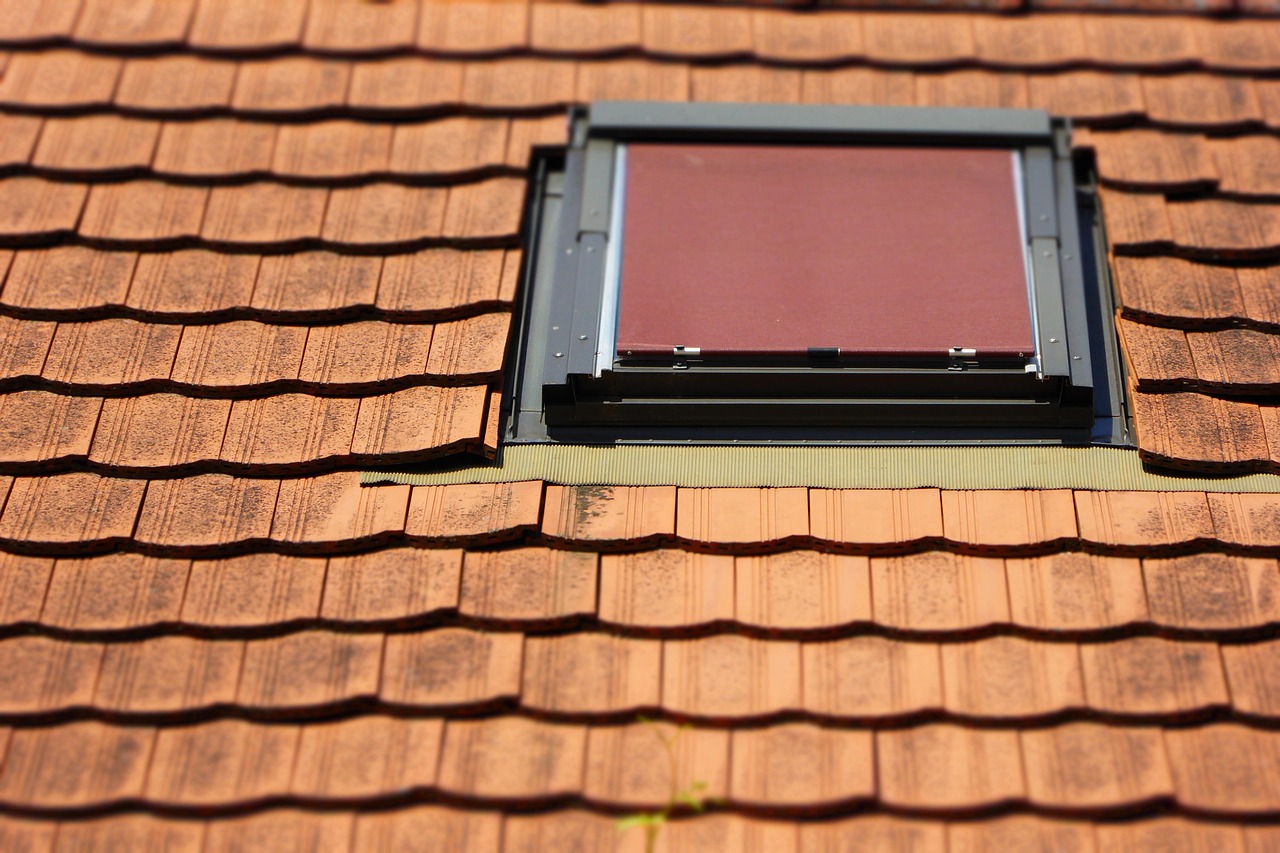Skylights transform living spaces by introducing natural light and creating a sense of openness that traditional windows simply cannot match. However, installing a new skylight or maintaining an existing one requires careful consideration of placement, type, and potential maintenance issues. Whether you’re contemplating adding skylights to brighten your home or dealing with a frustrating roof window leak, understanding the basics of installation, maintenance, and repair is essential. This article covers everything homeowners need to know about skylights, from initial planning to troubleshooting common problems.
Understanding Skylight Types and Options
Before diving into skylight installation cost or repair concerns, it’s important to understand the various options available. Fixed skylights remain sealed and cannot be opened, making them ideal for areas where ventilation isn’t a priority but light is desired. Ventilating skylights can be opened manually or electronically to allow fresh air into your home. Tubular skylights, which are smaller and use reflective tubing to channel light, work well for spaces where traditional skylights aren’t practical.
Among the most respected names in the industry, Velux skylight options offer superior quality and innovative designs. Their product line includes everything from basic fixed skylights to solar-powered venting models with rain sensors that automatically close when precipitation is detected. They also offer various glazing options to control heat gain and UV exposure, which can be particularly important in warmer climates or for rooms with valuable furnishings that could fade with sun exposure.
When selecting a skylight, consider not just the immediate aesthetic appeal but also long-term performance. Energy-efficient models may cost more initially but can provide significant savings on heating and cooling bills while reducing condensation issues that often lead to leaks and damage.
Skylight Placement and Installation Considerations
The location of your skylight dramatically affects both its appearance and functionality. South-facing skylights maximize light but may create too much heat in summer months. North-facing installations provide consistent indirect light with minimal heat gain. East-facing skylights offer morning brightness, while west-facing ones provide afternoon and evening illumination.
Professional installation is crucial for preventing future problems. The typical skylight installation cost ranges from $1,000 to $3,000 depending on size, type, and complexity. This investment covers not just the skylight itself but proper flashing, insulation, and often interior finishing work such as drywall and painting. According to professionals at AskHomey, cutting corners on installation is the number one cause of premature skylight failure and leaks.
The installation process involves cutting an opening in the roof, creating a shaft if necessary, installing the skylight with proper flashing and sealing, and finishing the interior. Each step requires precision to ensure water tightness and structural integrity. For this reason, most homeowners find that professional installation, while more expensive than DIY approaches, provides peace of mind and long-term reliability.
Common Skylight Problems and Repairs
Even well-installed skylights can develop issues over time. The most common complaint is a roof window leak, which often manifests as water stains on ceilings or walls near the skylight. These leaks typically result from deteriorated seals, damaged flashing, or condensation rather than from the skylight itself failing.
Detecting the true source of a leak can be challenging. Water may enter at one point but travel along rafters before becoming visible inside the home. Professional inspection can pinpoint the exact cause and recommend appropriate repairs. Simple fixes might include resealing joints or replacing flashing, while more severe problems might require you to replace old skylight units entirely.
Condensation is another common issue, particularly in bathrooms or kitchens where humidity levels are high. This occurs when warm, moist air contacts the cooler glass surface. While not a leak per se, condensation can cause water damage over time. Solutions include improved ventilation, installing skylights with better insulation values, or adding climate control features to reduce humidity.
When to Replace an Old Skylight
Most skylights have a lifespan of 20-30 years. Signs that it’s time to replace old skylight units include persistent leaks despite repairs, visible damage to the frame or glazing, excessive condensation between double-pane glass, or simply outdated technology that lacks energy efficiency features.
Replacement costs are similar to new installation costs but may involve additional work to modify the opening for newer models with different dimensions. However, the benefits often outweigh these expenses. Today’s skylights offer significantly improved energy performance, better leak resistance, and enhanced features like remote-controlled opening, built-in blinds, or smart home integration.
When replacing a skylight, consider upgrading to models with low-E coatings that block UV rays while allowing visible light to pass through. These coatings help protect furniture from fading and reduce heat gain in summer months. Additionally, laminated glass options provide enhanced safety and noise reduction compared to standard tempered glass.
Maintenance Tips for Long-Lasting Performance
Regular maintenance extends skylight life and prevents costly repairs. Twice yearly inspections should include checking seals and flashing for damage, clearing debris from around skylights, and examining the interior for signs of water damage or condensation. For venting skylights, ensure moving parts operate smoothly and that rain sensors function properly if equipped.
Cleaning both interior and exterior glass surfaces improves light transmission and allows for visual inspection of the glass itself. Use appropriate cleaners that won’t damage special coatings, and always follow manufacturer guidelines for maintenance procedures specific to your model.
For more tips and to connect with reliable home service professionals, follow AskHomey on Facebook and Instagram.



